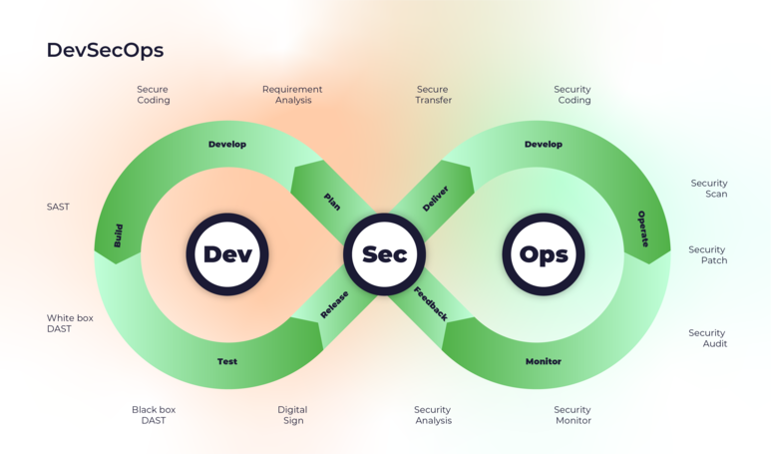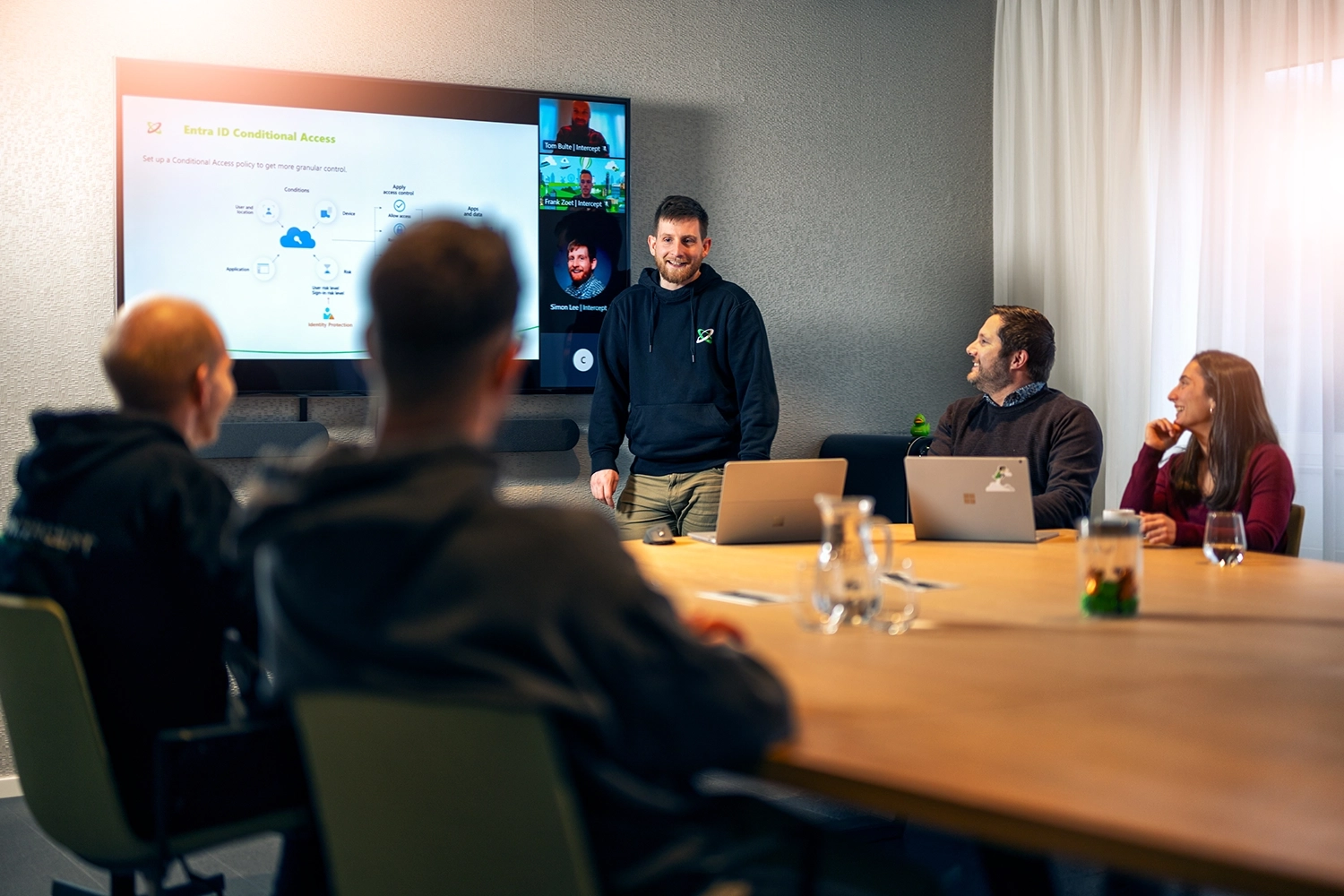What is the goal of DevSecOps?
The main goal is to make software more secure through its lifecycle and reduce cyber threats. By automating, monitoring and applying security throughout the software development lifecycle (SDLC), we can deliver software faster, allow continuous integration and have fewer compliance expenses. However, there are many more reasons why it benefits many organisations. Keep reading, as we will discuss that later on.
Why is DevSecOps needed?
In DevOps everything is automated and geared towards speed. Code changes trigger tests and deployments seamlessly – until security checks slow everything down.
Security must be thorough for applications that handle sensitive data, like online banking. They must be free of vulnerabilities, outdated dependencies, and misconfigurations. This includes, for example, Kubernetes and vulnerable Docker images that developers might miss. But these manual audits can take a long time, and teams are left waiting for security to catch up.
DevSecOps solves this by embedding security throughout the development pipeline to secure each step without bottlenecks.
Integrating security controls at each stage of development helps identify and address vulnerabilities earlier, resulting in better security outcomes and minimized disruptions for users. This way, you can reduce security risk, speed, team collaboration, and compliance and deliver software.
In short: DevSecOps is needed because it seamlessly integrates security into every stage of development, keeping releases fast and secure without the bottlenecks of traditional security checks.
By securing every stage of software development, it helps you:
- Reduce security risk
- Speed up software delivery
- Improve team collaboration
- Enhance compliance
- Deliver more secure and reliable software
DevSecOps vs Traditional Application Security
DevSecOps integrates security earlier into DevOps. This is also known as "Shift Left". Traditional app security was more like "throwing code over the wall" to security teams. They would return it with a long list of issues and security vulnerabilities that made developers unhappy.
In traditional app security, security measures such as security reviews and firewalls were often implemented and added as an afterthought. IT teams would often deploy the code the software developers wrote without applying any security measures.
Only after the software was developed entirely and delivered did they start thinking: Let’s not forget about security, which is when they check for potential code vulnerabilities.
Most of the time, there were loads of issues requiring a withdrawal code already deployed and written. This left many businesses exposed to security threats.
We don’t have to explain how this “inefficient and risky” way of developing software caused many discussions between developers and security teams, and not to forget, prolonged releases. Fixing code and security only holds you back and costs you time and a lot of money.
And this is the last thing you’d want in cloud environments, where deployment speed is a must. But in DevSecOps, security becomes part of the complete software development process.







